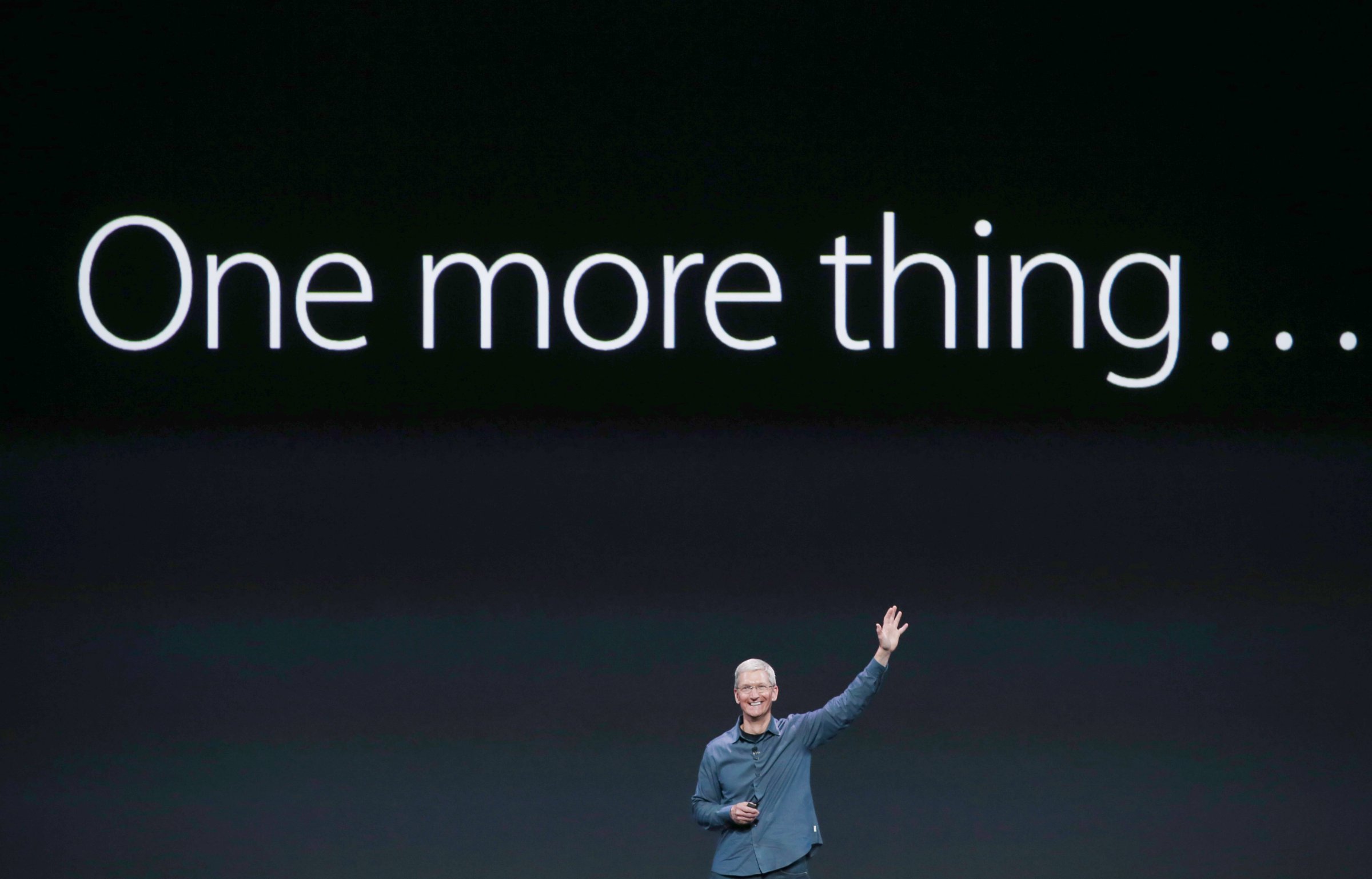
One of the hallmarks of Silicon Valley companies is that they tend to increase their research and development (R&D) budget during tough times, not shrink them. Facing a slowdown in iPhone sales and other tribulations, Apple is on track to spend $10 billion on R&D this year, a 30% increase from 2015.
That’s quite a leap. If you look at Apple’s recent financial report, you know the Cupertino, Calif. company had phenomenal earnings last quarter. But what spooked Wall Street is that it’s clear that Apple’s iPhone sales trajectory has leveled out. Sales of iPhones during the last quarter were only about 54 million, compared to over 70 million in the same quarter a year before. Investors, who panic if they don’t see growth, have penalized Apple’s stock in a big way for the slowdown.
Still, some financial analysts still see Apple as a good bet. Many have have a “buy” recommendation on the firm, even after factoring in lower iPhone sales levels as the new normal. They realize the iPhone will still be a major cash cow, along with the $10 billion-and-growing service segment of Apple’s business, Mac sales, Apple Watch sales and a new iPhone expected later this year. All of these add up to Apple being a solid company, albeit not with the rapid growth of years past.
That said, this major increase in R&D spending is significant. It suggests that Apple has more new products in the research labs that likely go beyond its current lineup. Some of these R&D dollars will be used to enhance the iPhone, iPad, Macs, Apple Watch and Apple’s service programs. But given the size of this budget, it appears that Apple may be “pivoting” towards new categories as well.
So what could Apple be working on? Here are a few ideas.
Apple recently invested $1 billion in Didi, a Chinese ride-sharing company that competes with Uber. This investment is further evidence that Apple has a serious interest in transportation. This particular investment will help Apple gain greater insight into one of Apple’s most important markets, as well as signal to China’s government and its people that Apple believes in that country’s growth. In a way, it will help make Apple a “local” company in the eyes of the Chinese people, going a long way towards helping Apple enhance its relationship with China’s leaders.
Given the rumors that Apple is working on some form of a car — or at the very least working on ways to make cars smarter — you can bet that a significant portion of this R&D spending will be in the automotive space.
Apple CEO Tim Cook believes that virtual reality (VR) is not a passing fad, signaling that Apple has great interest in this area. I suspect that Apple has multiple VR projects in the works, including one that most likely has the iPhone’s fundamental technology built into a VR headset. This does not preclude Apple doing something like what Samsung and Google already does, in which an Android smartphone powers a VR headset. But I consider this approach as little more than training wheels for VR. The future of VR will be stand-alone headsets with powerful processors, optics and an optimized operating system and user interface that includes voice commands and navigation gestures. Apple may also have projects in artificial reality or “mixed reality.”
Apple is highly committed to the iPhone, iPad, Mac lineup and the Apple Watch, as well as its lucrative services businesses. I suspect that at least $4 billion of this R&D budget will be used to bring more innovation to these devices and Apple’s services platforms to keep them competitive.
Cook made a comment late last year during an earnings call that Apple is working on various
“things” unknown to the outside world. More recently, Cook has said that he is highly excited about the products Apple has in the pipeline, adding that he has no concern about Apple’s future and its ability to continue to innovate and “delight” its customers. Clearly a portion of this R&D will be aimed at these mystery projects. I’m not even going to try and speculate on what these “things” are. But given Apple’s track record of introducing hit products, this area is worth watching to see how Apple’s R&D spending affects Apple’s ability to innovate.
Tim Bajarin is recognized as one of the leading industry consultants, analysts and futurists, covering the field of personal computers and consumer technology. Mr. Bajarin is the President of Creative Strategies, Inc and has been with the company since 1981 where he has served as a consultant providing analysis to most of the leading hardware and software vendors in the industry.
More Must-Reads from TIME
- Cybersecurity Experts Are Sounding the Alarm on DOGE
- Meet the 2025 Women of the Year
- The Harsh Truth About Disability Inclusion
- Why Do More Young Adults Have Cancer?
- Colman Domingo Leads With Radical Love
- How to Get Better at Doing Things Alone
- Michelle Zauner Stares Down the Darkness
Contact us at letters@time.com